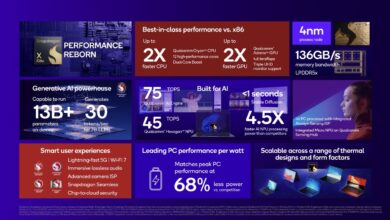“How to Develop a Traffic Signal Timing Plan: Key Steps to Follow”
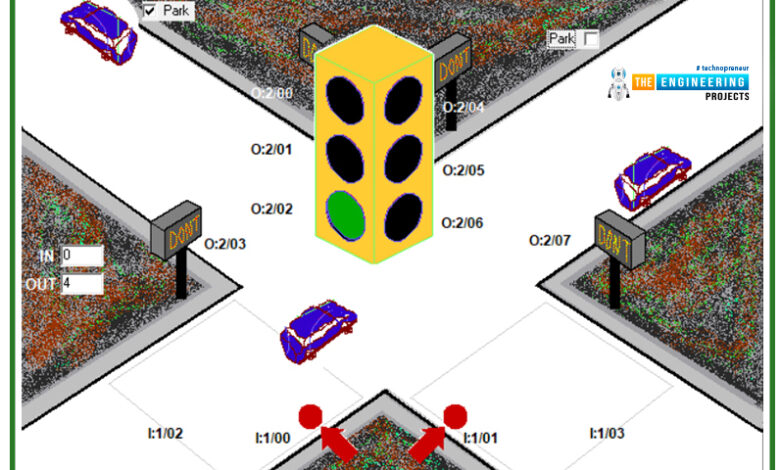
Table of Contents
To develop a traffic signal timing plan steps, it is crucial to understand the entire process. These steps help traffic engineers create a plan that improves traffic flow, reduces delays, and enhances safety. Developing an effective traffic signal timing plan involves understanding the needs of the road, traffic patterns, and specific goals for the area. In this post, we’ll guide you through the important steps you need to take to create the best plan for your area.
The first thing to do when you develop a traffic signal timing plan steps is to gather all the necessary data. This includes traffic counts, the types of vehicles using the road, and even the timing of peak hours. Once you have all the information, you can begin to decide on the objectives of the signal timing plan. Do you want to reduce the waiting time for cars, or do you need to improve the flow of traffic during rush hour? Let’s dive into these steps in detail to create the best plan.
Understanding the Basics: What Are the Key Steps to Develop a Traffic Signal Timing Plan?
When you develop a traffic signal timing plan steps, it’s important to know why it’s needed. A good plan helps traffic flow smoothly and safely. It makes sure traffic signals change at the right time to avoid delays. The goal is to help cars, buses, and pedestrians get through the intersection quickly and safely.
The first step in the process is planning. You need to know the busy times, the amount of traffic, and the area’s specific needs. This includes figuring out where the most cars go and when. A clear plan helps everyone understand how to improve the traffic flow.
Step 1: Gathering Traffic Data to Develop a Traffic Signal Timing Plan
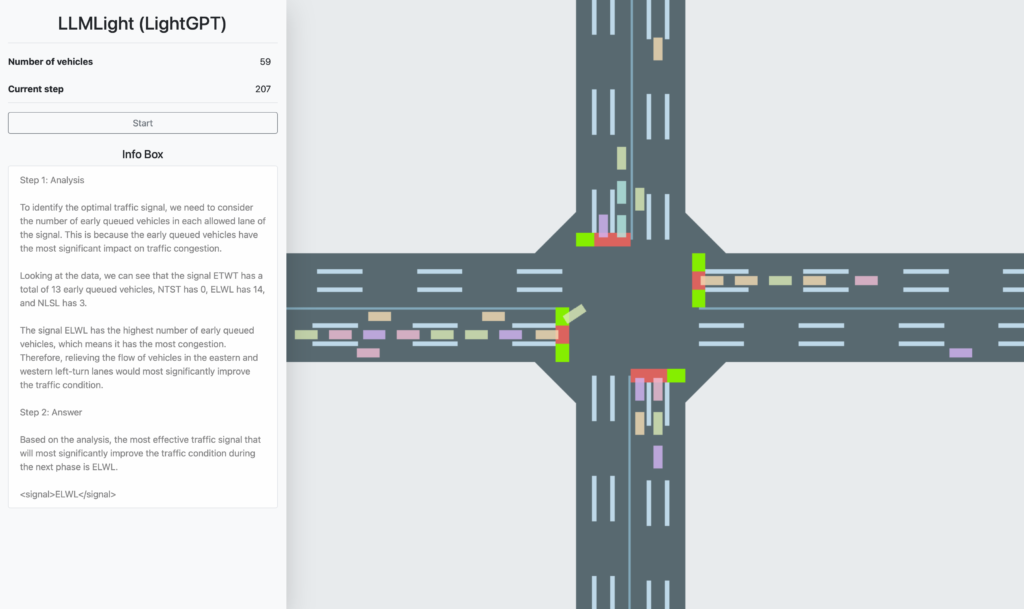
To develop a traffic signal timing plan steps, the first thing you need is traffic data. This means counting how many cars and pedestrians pass through an intersection. Data also includes looking at how many trucks and buses use the road. It’s also important to know the times when traffic is busiest.
Data collection is done using tools like cameras and sensors on the road. This helps you understand how cars move through the area. When you know when traffic is heavy or light, you can plan better signal timings. Without good data, it’s hard to make the right decisions.
- Traffic volume: How many cars pass through the intersection.
- Peak hours: The times when traffic is busiest.
- Vehicle types: Cars, trucks, and buses.
- Pedestrian flow: How many people are walking at the intersection.
How to Set Objectives When You Develop a Traffic Signal Timing Plan
When you develop a traffic signal timing plan steps, it’s important to set clear goals. Do you want to reduce waiting time for cars? Or do you want to make sure pedestrians cross safely? These goals will guide the timing of the signals. Setting objectives helps everyone stay focused on improving traffic flow and safety.
There are several types of objectives you can set, such as reducing delays, improving safety, or managing traffic during rush hour. For example, during busy times, you may want the green light to stay longer for cars. During quieter times, the light might change faster. Your objectives should be clear to help make the right decisions.
- Reduce delays: Make traffic flow more smoothly.
- Improve safety: Protect pedestrians and drivers.
- Manage rush hour: Adjust signal timing for busy times.
Step 2: Analyzing Traffic Flow for Better Signal Timing Plans
After gathering data, the next step to develop a traffic signal timing plan steps is analyzing traffic flow. You need to look at how traffic moves through each intersection. Are there any bottlenecks where cars get stuck? Are there places where the light stays red too long?
By analyzing traffic flow, you can make adjustments to the signal timings. This means changing the amount of time each light stays green or red. You also need to make sure that the signals work together to create a smooth flow. If one signal changes too soon, it can cause a backup of cars.
- Bottlenecks: Areas where traffic gets stuck.
- Smooth flow: Signals that work together.
- Adjustment: Changing light timings to avoid traffic jams.
The Role of Performance Measures in the Steps to Develop a Traffic Signal Timing Plan
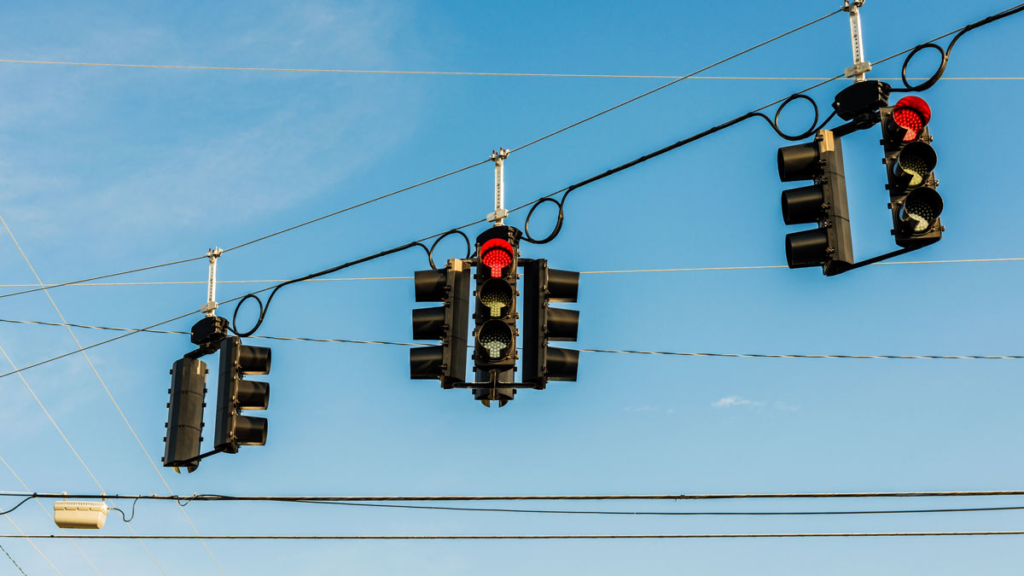
Performance measures help you know if your signal timing plan is working. After you develop a traffic signal timing plan steps, it’s important to track how well the plan works. Are cars moving faster? Are people crossing safely? Performance measures help you answer these questions.
You can use different tools to track performance, like sensors or cameras. These tools show if traffic is flowing better or if there are still problems. If the timing isn’t working, you can adjust it until you find the best solution. This ensures that your plan keeps improving.
- Sensors and cameras: Track traffic flow.
- Measure improvements: Check if the changes are working.
- Adjustments: Fix problems that pop up after implementation.
Timing Plans for Different Times of Day: How to Develop a Traffic Signal Timing Plan
Every part of the day has different traffic needs. When you develop a traffic signal timing plan steps, you need to think about peak times and off-peak times. During rush hour, you might need to make the lights longer for cars. During quieter times, you might want the lights to change faster.
Having a plan for each time of day helps traffic flow better. It also helps save energy, as lights don’t need to stay on for too long when no cars are around. If the timing changes based on the time of day, the traffic moves more efficiently.
- Peak hours: Busy times when traffic is heavy.
- Off-peak hours: Quieter times with less traffic.
- Energy-saving: Changing lights based on traffic.
Why Sectioning Your Traffic Network Is Important in the Steps to Develop a Timing Plan
Sectioning your traffic network means splitting it into smaller parts to make the signal plan more efficient. When you develop a traffic signal timing plan steps, you can focus on smaller areas, like city blocks or intersections. This helps you create a better plan because each area has its own traffic needs.
By dividing the road into sections, you can adjust signal timing for each section. For example, one part of the city may need longer green lights, while another part may need shorter ones. Sectioning helps create a flexible and more efficient signal plan.
- Small sections: Focus on one area at a time.
- Better adjustments: Tailor the signals to each section.
- Efficiency: Save time and improve traffic flow.
Evaluating and Refining: Final Steps to Develop a Traffic Signal Timing Plan
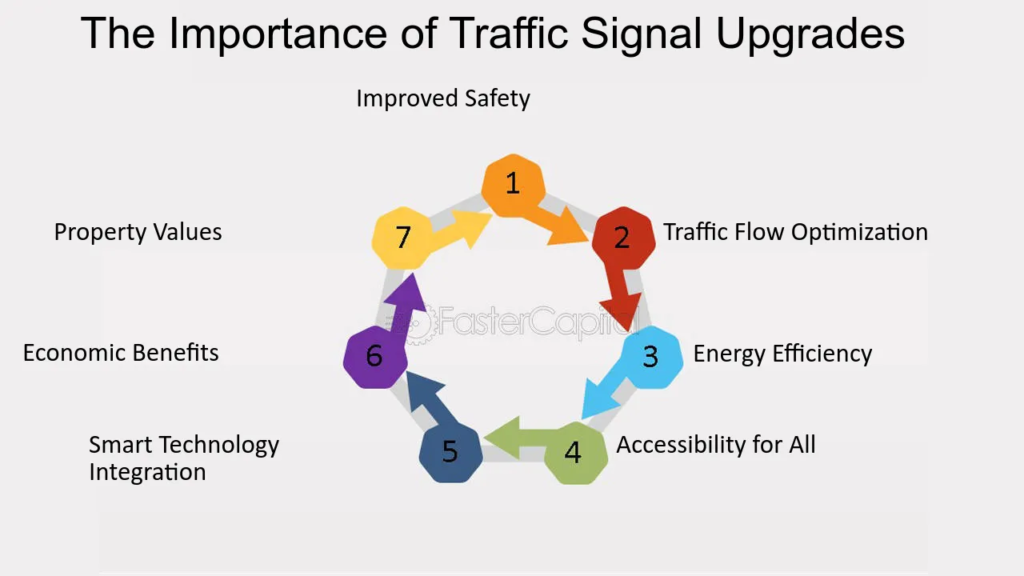
Once you’ve set your plan, it’s time to evaluate how well it works. This is the final step in developing a traffic signal timing plan steps. You need to check if the traffic flow has improved and if delays have been reduced. If there are still problems, you can refine the plan and make it better.
Refining your plan is an ongoing process. As traffic changes, you may need to make adjustments. You should continue to collect data and check if your goals are being met.
- Collect data: Check if traffic flow has improved.
- Make adjustments: Refine the plan to fix problems.
- Ongoing process: Keep evaluating and improving the plan.
Conclusion
In conclusion, developing a traffic signal timing plan steps is essential for improving traffic flow and safety on our roads. By gathering data, setting clear goals, and analyzing traffic patterns, you can create a plan that helps everyone move more smoothly. It’s important to always keep checking and refining your plan to make sure it works well for different times of the day.
Remember, traffic signal timing is not a one-time task. It requires ongoing evaluation and adjustments to meet the needs of the community. With the right tools and technology, you can keep the traffic moving safely and efficiently. By following these steps, you’ll help make sure the roads are safer for everyone.
FAQs
Q: What is a traffic signal timing plan?
A: A traffic signal timing plan decides how long each traffic light stays green, yellow, or red to help traffic flow smoothly and safely.
Q: Why is it important to develop a traffic signal timing plan?
A: It’s important to reduce delays, improve safety, and help traffic move smoothly, especially in busy areas.
Q: How do you collect data for a traffic signal plan?
A: You can use sensors and cameras to count how many cars and pedestrians pass through an intersection at different times.

